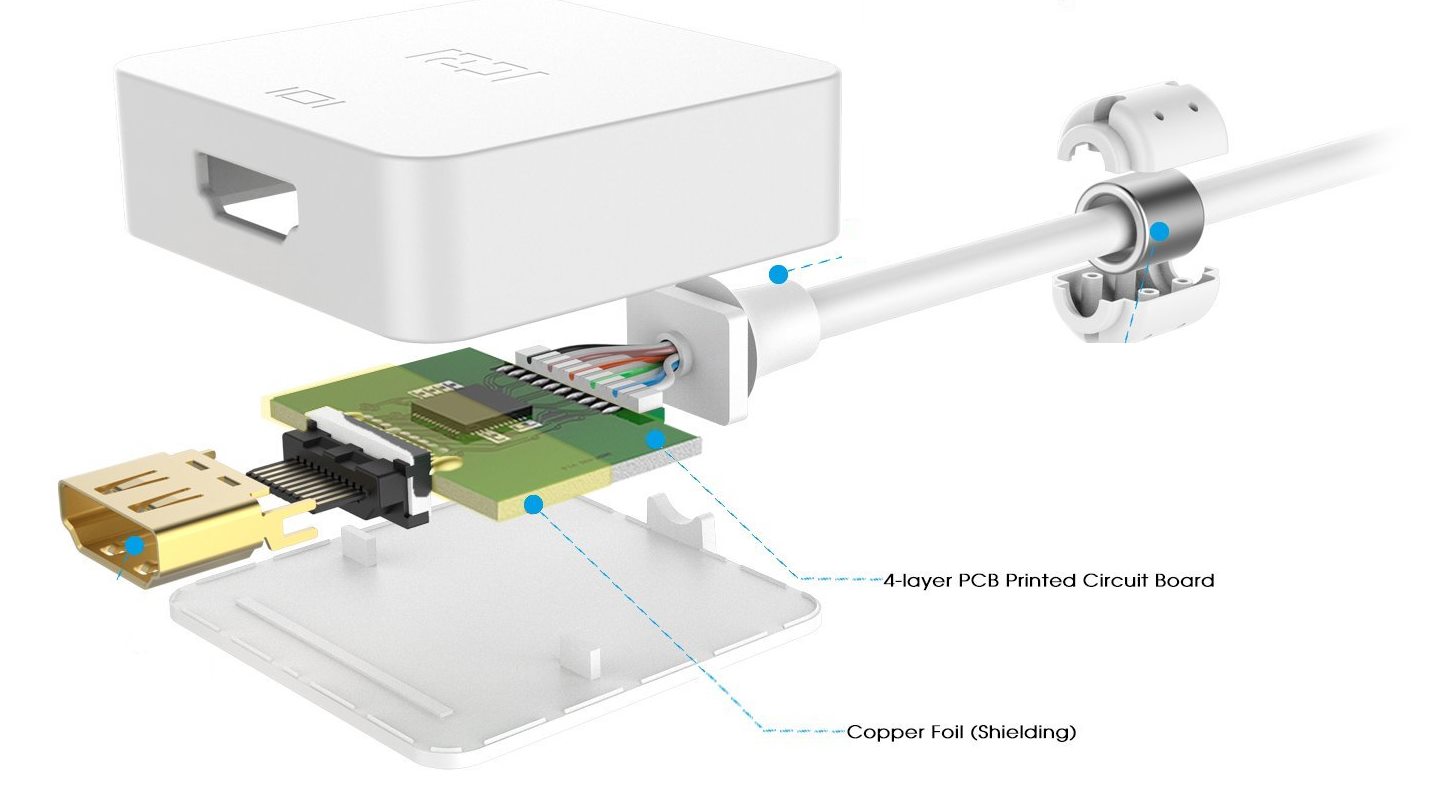Unraveling the Mystery: Passive vs. Active DisplayPort Adapters

In the realm of digital displays and multimedia setups, choosing the right type of adapter is crucial for a seamless and high-quality visual experience. Among the various choices, DisplayPort adapters, particularly passive and active types, are often a topic of confusion. Understanding the differences between passive and active DisplayPort adapters is essential for anyone looking to connect their devices effectively. Let’s delve into what sets these two types of adapters apart and how to choose the right one for your needs.
What is a DisplayPort Adapter?
Before diving into the differences, it’s important to understand what a DisplayPort adapter does. A DisplayPort adapter is a device that allows you to connect a DisplayPort source, like a computer, to a display device (like a monitor or projector) that may use a different type of connection, such as HDMI, DVI, or VGA.
Passive DisplayPort Adapters
Passive DisplayPort adapters are the simpler and more common type. They are essentially direct wire connections between different types of ports.
Key Features of Passive Adapters:
- Direct Connection: They rely on the DisplayPort source to be compatible with the signal type of the connected display.
- No Signal Conversion: Passive adapters do not convert signals; they merely pass the signal through, relying on the source device to match the display’s requirements.
- Lower Cost: Generally, passive adapters are less expensive than their active counterparts.
- Compatibility Limitations: They might not work with all DisplayPort sources, especially when connecting to an older display technology like VGA.
Active DisplayPort Adapters
Active DisplayPort adapters are more complex and are designed to actively convert the signal from the DisplayPort source to match the input requirements of the connected display.
Key Features of Active Adapters:
- Signal Conversion: They convert the signal from the DisplayPort source to a type that is compatible with the connected display, regardless of the source’s native compatibility.
- Broader Compatibility: Active adapters are necessary when connecting a DisplayPort source to displays that do not support the DisplayPort++ standard, especially older monitors or projectors.
- Powered Operation: They may require external power (though some can draw power from the DisplayPort connection itself).
- Higher Cost: Active adapters are typically more expensive due to their more complex electronics.
Choosing Between Passive and Active DisplayPort Adapters
The choice between passive and active adapters depends on the specific requirements of your setup:
- Check DisplayPort++ Compatibility: If your DisplayPort source supports DisplayPort++ (Dual-Mode), a passive adapter might suffice for connections to HDMI, DVI, or VGA.
- Consider the Display Technology: For older displays or those not compatible with DisplayPort++, an active adapter is necessary to ensure the signal is correctly converted.
- Evaluate Resolution and Refresh Rate Needs: High-resolution setups, like 4K displays, may require active adapters to maintain signal integrity.
- Budget Constraints: If cost is a major factor and your devices are compatible, a passive adapter may be a more economical choice.
Conclusion
Understanding the difference between passive and active DisplayPort adapters is key to ensuring that your digital display setup works as intended. Passive adapters are simpler and more cost-effective but require DisplayPort++ compatibility. Active adapters, on the other hand, offer more flexibility and compatibility at a higher cost. By considering your specific needs and the capabilities of your devices, you can make an informed decision and enjoy a flawless visual experience. Whether it’s for a professional presentation, a gaming setup, or a home theater system, choosing the right DisplayPort adapter is a crucial step in creating your ideal multimedia environment.



